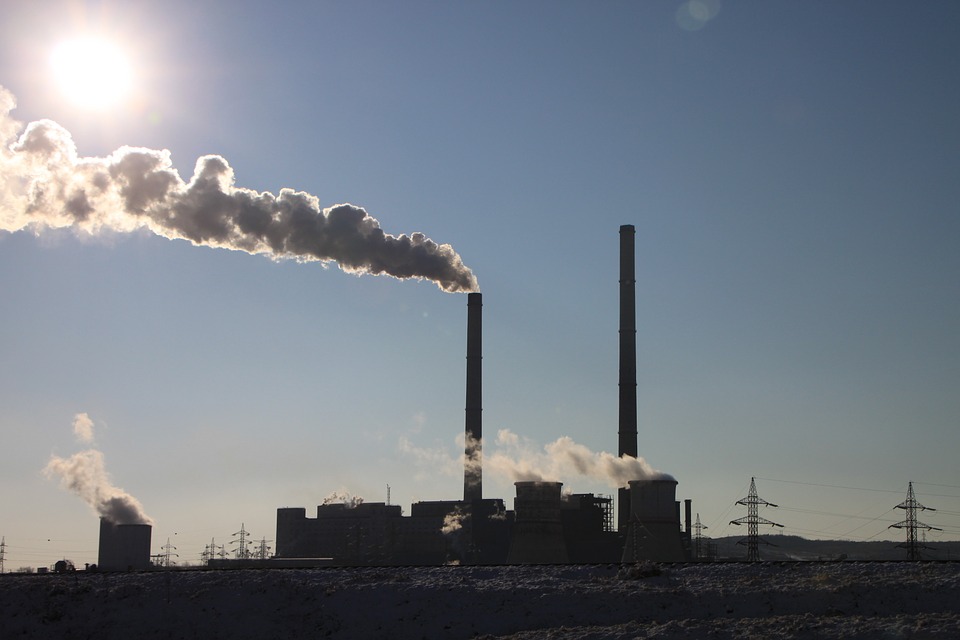Climate change is a tremendous global threat facing humanity. The global temperature increase, the rising sea levels, the retreat of glaciers can all have devastating consequences, endangering human beings, and the earth’s flora and fauna. However, we can make a difference by decreasing our greenhouse gas emissions. Here are five simple ways to reduce your carbon footprint and help save our planet.
1. Reduce Your Meat Consumption.
The production and distribution of red meat products have a disastrous environmental impact that transcends that of other meat production like chicken. Compared to chicken or even vegetables and grains, the production of red meat demands 28 times more land and 11 times more water. This signifies that it contributes a lot more to greenhouse gas emissions. Moreover, the leading cause of Amazon deforestation is raising cattle for food, accounting for almost 60% of it. Hectares of land are cleared for grazing and to grow soy for cattle every day, fueling greenhouse gas emissions, desertification, contaminated groundwater, soil erosion, and more. Reducing meat consumption can help to diminish the scope of damage caused. Each day that you cut out dairy and meat helps to decrease your carbon footprint by 8 pounds of CO2e, which makes 2920 pounds of CO2e a year. If you’re unwilling to give up beef, you can opt to have meatless meals at least once a week. For instance, meatless Mondays can be a good start. Additionally, consuming less meat also lowers the risk of heart diseases, cancer, obesity, and others.
2. Switch off Lights When Not in Use.
A simple act like switching off the lights when you leave a room can curtail greenhouse gas emissions by 0.15 pounds each hour. Turning off the lights when not in use means consuming less power. This helps in reducing the amount of toxic fumes released by power stations and conserve the earth’s natural resources. Upgrading typical incandescent lights to LED lights are even better. As opposed to traditional bulbs, LED lights are fabricated using 100% recyclable materials, last much longer and use 90% less energy than incandescent bulbs. These factors will significantly help in decreasing your carbon footprint since fewer fossil fuels will be burnt to produce energy and protect the ecosystem from destruction. Along with reducing your carbon footprint, this will also help you save money since you won’t have the hassle of purchasing new bulbs every few months!

3. Drive Less
Altering your means of transport and making changes in how you move around helps decrease your carbon footprint. Burning a gallon of gasoline releases about 20 pounds of CO2e. Hence, the average vehicle roughly produces 6 to 9 tons of CO2e every year. In the US, vehicles contribute to half of the carbon dioxide emissions. Fewer cars on the road mean less carbon emissions. You can walk, bike, or take public transports to reach your location when possible. Not only does this reduce emissions, but it also helps with traffic congestion. If driving is necessary, avoid harsh acceleration or brakes and keep tires properly inflated. Aggressive driving consumes 40% more fuel than consistent driving, and maintaining your car improves fuel efficiency.

4. Avoid Using Plastic
Plastic is one of the most obstinate pollutants on earth. The process of extracting materials and transporting fuels to manufacture plastic generates billions of tonnes of greenhouse gases. Derived from materials like ethylene and propylene, plastic does break down but takes up to 400 years in landfill sites. Even worse, it only disintegrates into tiny pieces that are non-biodegradable. Furthermore, it is also harmful to a host of marine animals, smothering and choking them. To help eliminate these, you can adopt habits like using a reusable cloth shopping bag instead of plastics, avoid using disposable straws, and keep away from plastic food containers. This can help to depreciate the production of plastics and reduce the CO2e emissions in the atmosphere.
5. Use Water Sustainably
Attention is rarely drawn upon the connection between the production of energy and water. Treating and pumping water requires an immense amount of energy, which also contributes to greenhouse gas emissions. Studies show that washing machines use an average of 60 liters of water each cycle, a leaking tap results into 30 liters of water being wasted, and one bath uses up over 80 liters of water. Preventing water wastage reduces the quantity of water that must be treated unnecessarily, which is otherwise fatal to us and the environment. Simple practices like taking showers instead of baths, repairing dripping taps, closing the tap while brushing teeth, are small changes that can make a significant impact in lessening your carbon footprint.

Even though these small adjustments might seem inconsequential, they can turn into remarkable leaps when multiplied by 7 billion. Change your habits and knock a few tonnes off your carbon footprint to save the planet!

